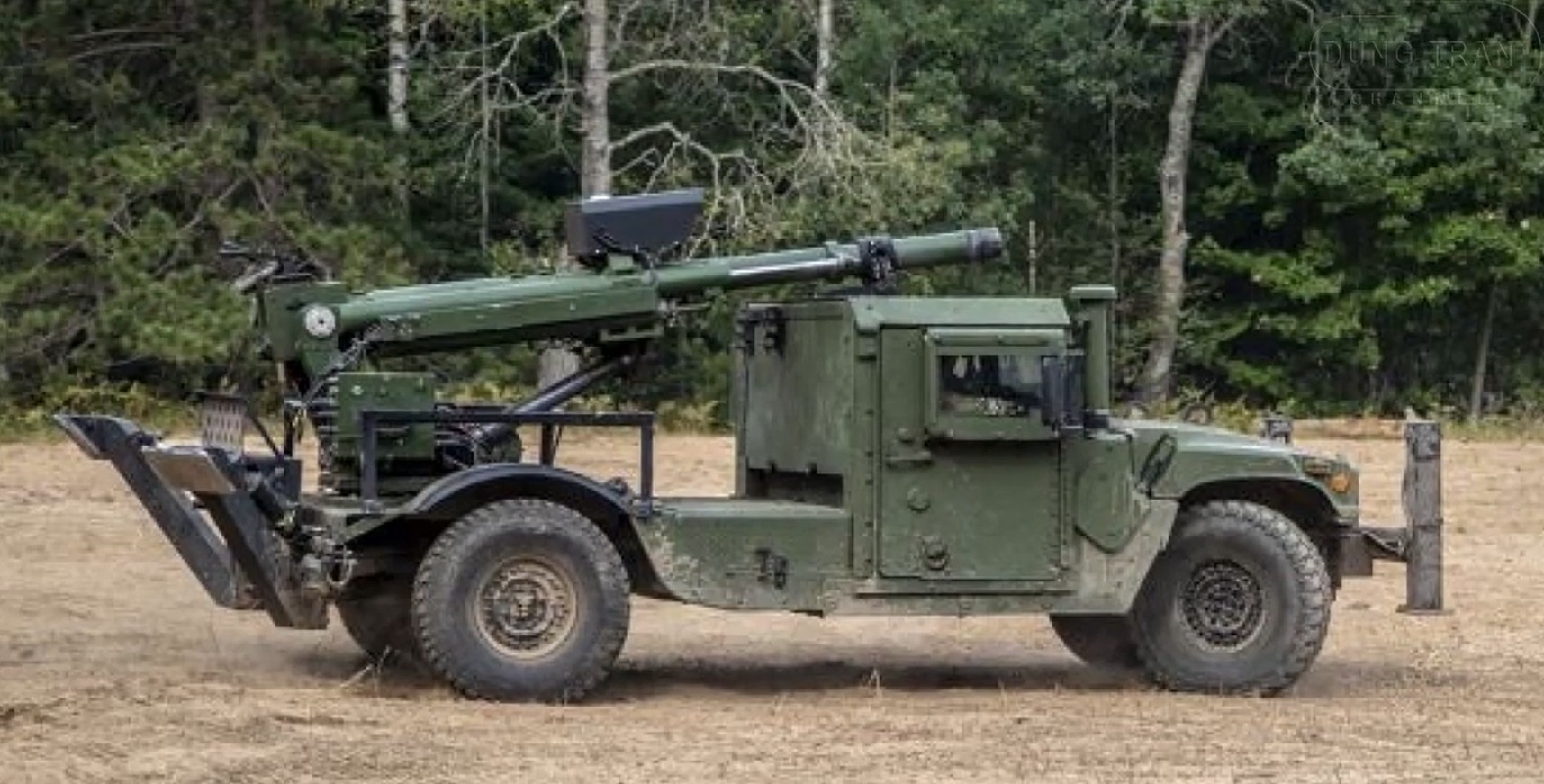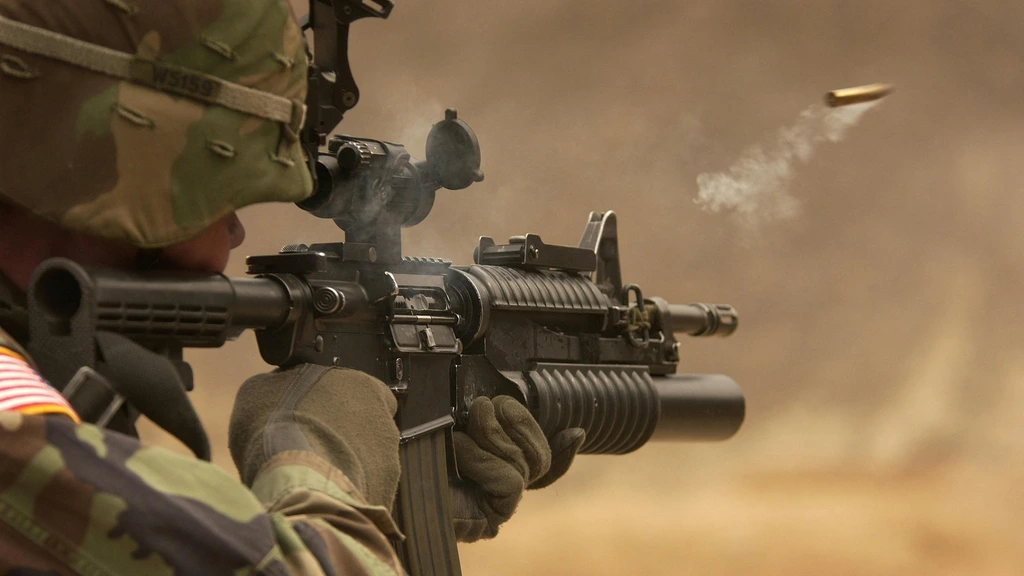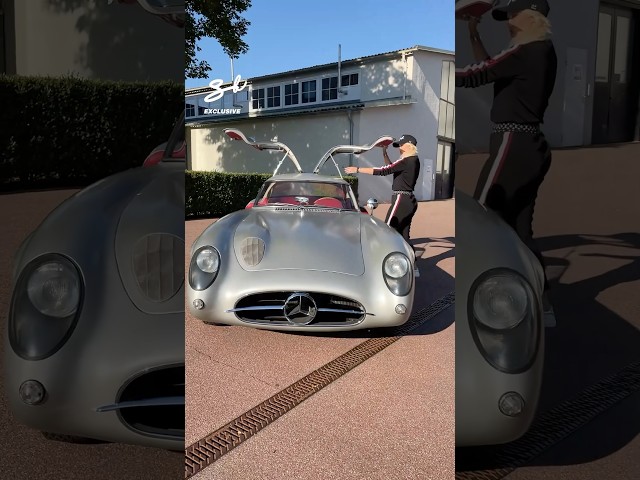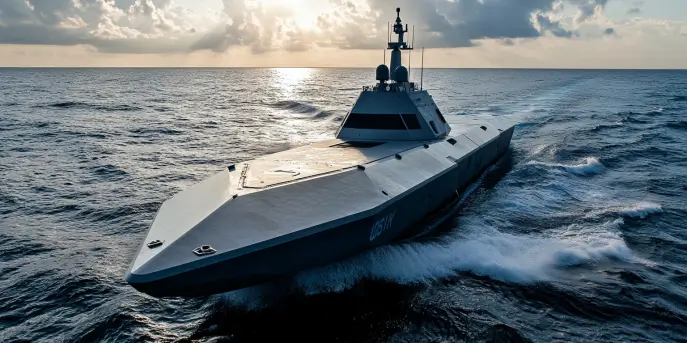The Future of Armored Mobility: Inguar-3
In the realm of military technology, the continuous evolution of vehicles designed for the battlefield is crucial. One of the recent advancements in this field is the Inguar-3 MRAP (Mine-Resistant Ambush Protected vehicle), which has been engineered to withstand the extreme conditions of modern warfare. Recently, the Inguar-3 has been put to the test in an actual war environment, showcasing its capabilities and resilience.
Design and Features
Compared to its predecessors, the Inguar-3 incorporates a wide array of state-of-the-art features built for rough terrains and combat scenarios. This vehicle is specifically designed to offer superior protection against mine blasts and improvised explosive devices (IEDs), which pose significant threats in conflict zones. The developers have focused on both survivability and operational efficiency, ensuring that this MRAP meets and exceeds modern warfare requirements.
Operational Performance
The most striking feature of the Inguar-3 is its enhanced armor and v-shaped hull, which deflects explosive forces away from the vehicle. Moreover, its adaptable suspension system allows the vehicle to navigate challenging terrain with ease. This new MRAP also comes equipped with advanced communication systems, enabling seamless connectivity with command centers. The Inguar-3 has been integrated with the latest navigation tools, ensuring precision in complex operational theaters.
| Specification | Details |
|---|---|
| Armor | Enhanced ballistic and blast protection |
| Engine | 600 hp turbo-diesel |
| Transmission | Automatic, 8-speed |
| Seating Capacity | 10 personnel |
| Range | 700 km |
| Speed | 120 km/h |
| Communication | Advanced secure radios |
Real-World Application
The deployment of the Inguar-3 in an active combat setting provided invaluable insights into its performance under stress. It demonstrated exceptional reliability and effectiveness during operations, withstanding direct hits and ambush scenarios. Troop feedback highlighted the improved comfort and safety features, such as quick-release mountings and specialized seating, which are critical during prolonged missions. This feedback loop is essential for further refinements and adaptation for future versions.
Technological Advancements
What sets the Inguar-3 apart from other MRAPs is the integration of cutting-edge technologies. The electronics suite includes automated threat detection systems that can autonomously identify and flag potential hazards such as enemy troops or unmapped obstacles. Additionally, the vehicle employs multi-spectral camouflage and thermal signatures management to reduce its visibility to enemy surveillance.
Mission Versatility
The Inguar-3 is not just about defense—its versatility as a mission-ready vehicle is evident. It can serve multiple roles, from troop transport to medevac, due to its spacious interior that accommodates necessary medical equipment. The MRAP’s modular build allows quick modifications, supporting various mission requirements without compromising on crew safety or vehicle integrity.
Global Impact and Future Considerations
With its successful real-world trials, the Inguar-3 is expected to set a new standard in armored tactical vehicle design and deployment strategies. Nations with similar terrain and threat profiles are closely observing its deployment to assess potential integration into their own defense forces. The Inguar-3 promises to pioneer safe and efficient transport of frontline personnel, significantly impacting the dynamics of ground warfare.
However, as technology advances, so do the challenges. As adversaries develop more sophisticated means of attack, ongoing research and development are crucial to maintain the effectiveness of MRAPs like the Inguar-3. Continuous feedback from field operations will play a crucial role in shaping future upgrades and ensuring that this vehicle remains at the forefront of battlefield technology.









